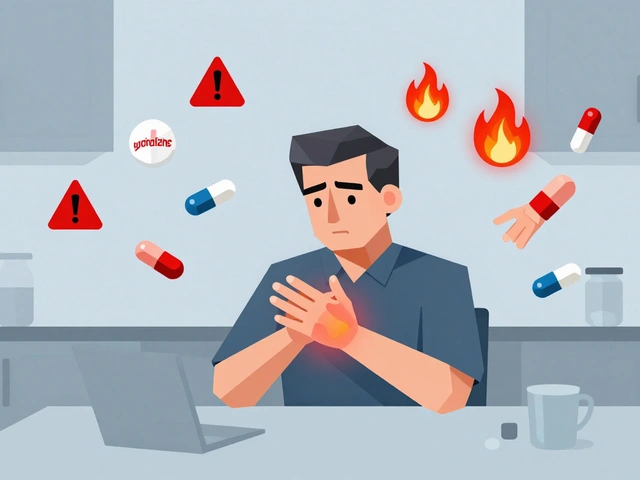Compare Antibiotics: How to Pick the Right Antimicrobial
When working with compare antibiotics, the process of evaluating different antimicrobial drugs to find the best fit for a specific infection. Also known as antibiotic comparison, it helps clinicians and patients weigh factors like spectrum, safety, and cost.
One of the first things to understand is the difference between broad-spectrum antibiotics, drugs that act against a wide variety of bacteria, both Gram‑positive and Gram‑negative and narrow-spectrum antibiotics, agents that target a specific group of bacteria or a single species. Knowing which category a drug belongs to shapes the treatment plan and influences the risk of antibiotic resistance, the ability of bacteria to survive exposure to drugs that once killed them. These three concepts—spectrum, target specificity, and resistance—form the backbone of any solid compare antibiotics decision.
Key Factors to Consider When Comparing Antibiotics
First, look at the infection’s likely culprits. If the causative bacteria are unknown, a broad-spectrum option may be chosen, but only for a short period to avoid fostering resistance. When lab results pinpoint a pathogen, switching to a narrow-spectrum drug reduces collateral damage to the normal flora and lowers side‑effect chances.
Second, weigh safety profiles. Some antibiotics, like fluoroquinolones, carry warnings about tendon rupture or QT‑prolongation, while others, such as penicillins, are generally well‑tolerated but can trigger allergic reactions. Checking for drug interactions—for example, macrolides that inhibit CYP3A4—prevents unexpected toxicity.
Third, consider dosing convenience. Once‑daily regimens improve adherence, especially in outpatient settings. Oral bioavailability matters too; a drug with high oral absorption can replace an IV course, cutting hospital stay length and cost.
Finally, factor in local resistance patterns. Hospitals publish antibiograms that show which bugs are becoming resistant to which drugs. Aligning your choice with these data ensures higher success rates and preserves the effectiveness of our drug arsenal.
All these elements—spectrum, safety, interactions, dosing, and local resistance—interact like a puzzle. By piecing them together, you can confidently compare antibiotics and select the most appropriate treatment. Below you’ll find a curated set of articles that dive deeper into specific drug comparisons, resistance trends, and practical buying guides, giving you the detailed insight you need to make informed choices.
Compare Amoxil (amoxicillin) with popular antibiotic alternatives. Learn differences in spectrum, dosage, side effects, resistance risk, and cost to pick the right treatment.
Continue reading...






